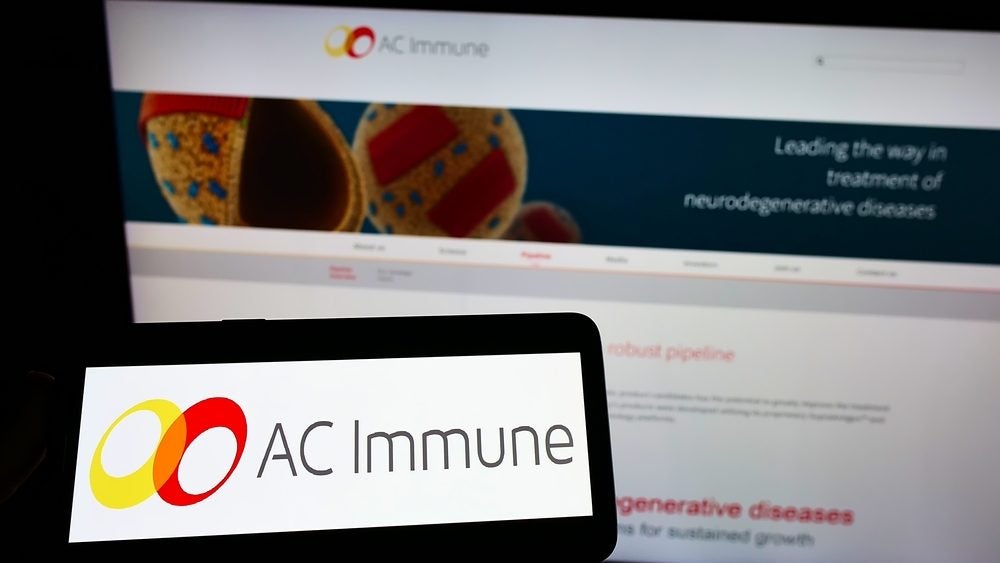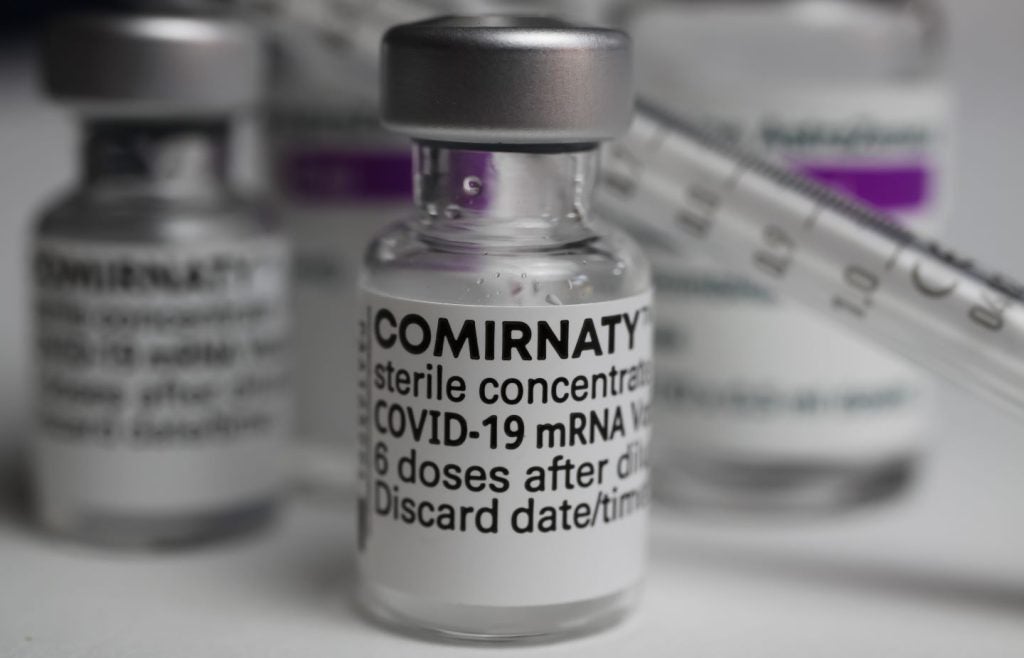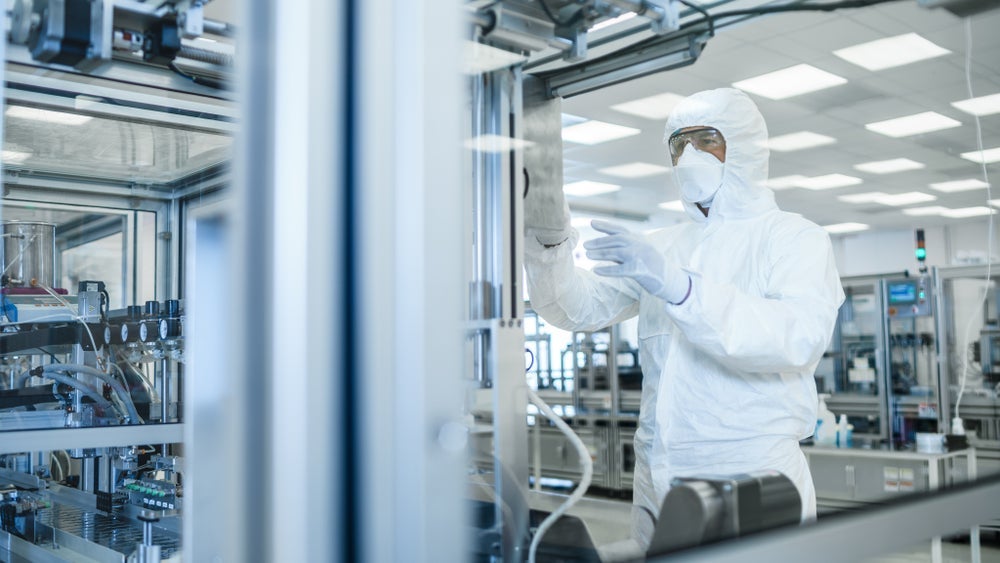Ten days after publishing interim efficacy results, Pfizer and BioNTech have now published final efficacy analysis from their ongoing Phase III study and found their mRNA Covid-19 vaccine, BNT162b2, met its primary efficacy endpoints.
Pfizer and BioNTech also stated the vaccine achieved the safety milestone required by the US Food and Drug Administration (FDA) for emergency use authorisation (EUA).
As a result, the partners plan to submit a request for an EUA to the FDA within days. They are the first vaccine development group to achieve final efficacy analysis and take this step with a Covid-19 vaccine.
The final efficacy analysis showed that vaccine had an efficacy rate of 95% seven days after the second dose. This is based on data from 170 cases of Covid-19 among trial participants, of which 162 were in the placebo group. This efficacy rate was consistent across age, gender, race and ethnicity, with efficacy in patients aged over 65 being more than 94%.
Pfizer CEO Dr Albert Bourla said: “The study results mark an important step in this historic eight-month journey to bring forward a vaccine capable of helping to end this devastating pandemic.
“We continue to move at the speed of science to compile all the data collected thus far and share with regulators around the world.”
How well do you really know your competitors?
Access the most comprehensive Company Profiles on the market, powered by GlobalData. Save hours of research. Gain competitive edge.

Thank you!
Your download email will arrive shortly
Not ready to buy yet? Download a free sample
We are confident about the unique quality of our Company Profiles. However, we want you to make the most beneficial decision for your business, so we offer a free sample that you can download by submitting the below form
By GlobalDataBioNTech CEO and co-founder Ugur Sahin added: “Our objective from the very beginning was to design and develop a vaccine that would generate rapid and potent protection against Covid-19 with a benign tolerability profile across all ages.
“We believe we have achieved this with our vaccine candidate BNT162b2 in all age groups studied so far and look forward to sharing further details with the regulatory authorities.”
The trial has enrolled more than 43,000 participants across 150 clinical trials in six countries. The trial will continue to collect efficacy and safety data in participants for an additional two years.







